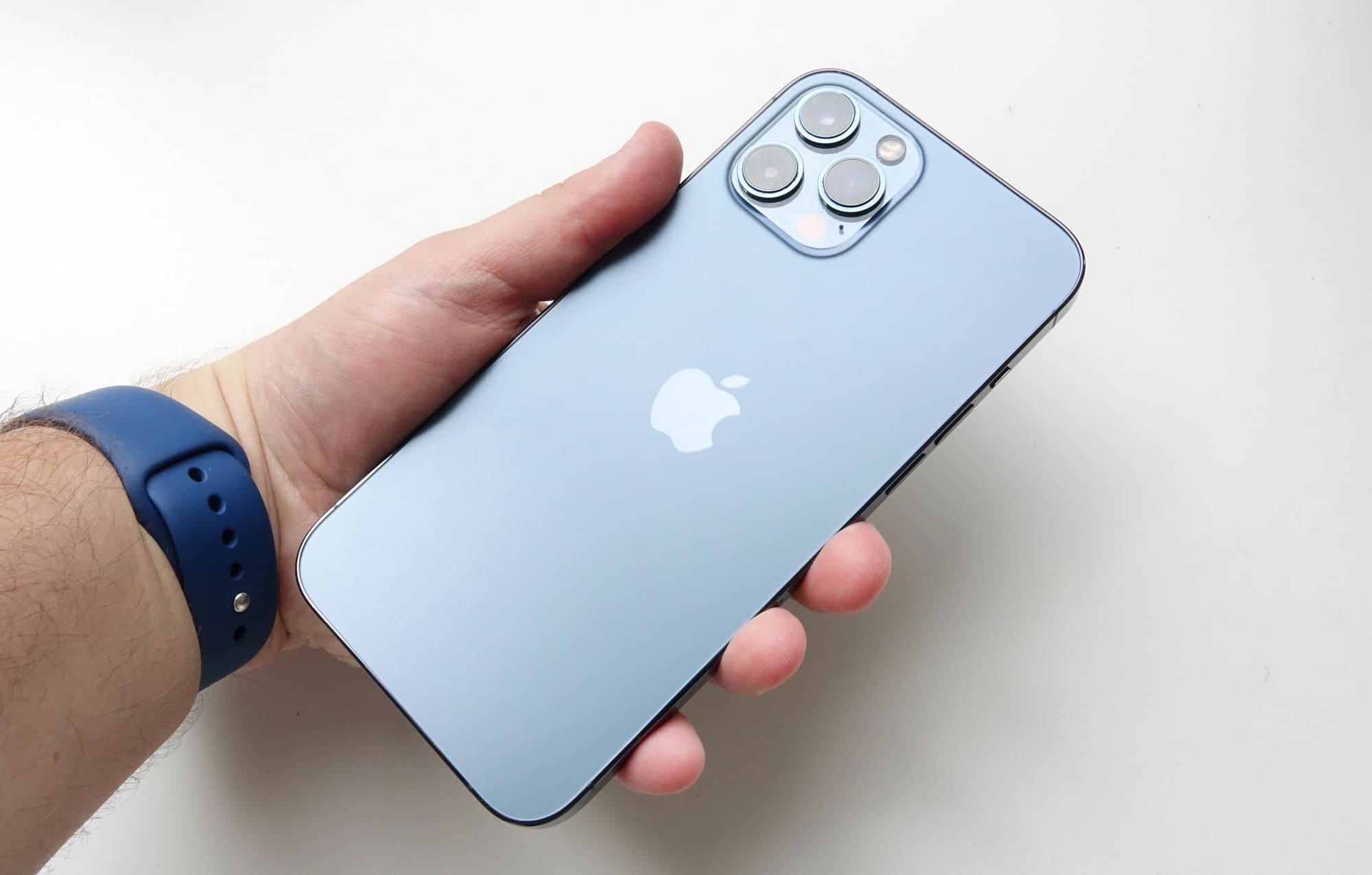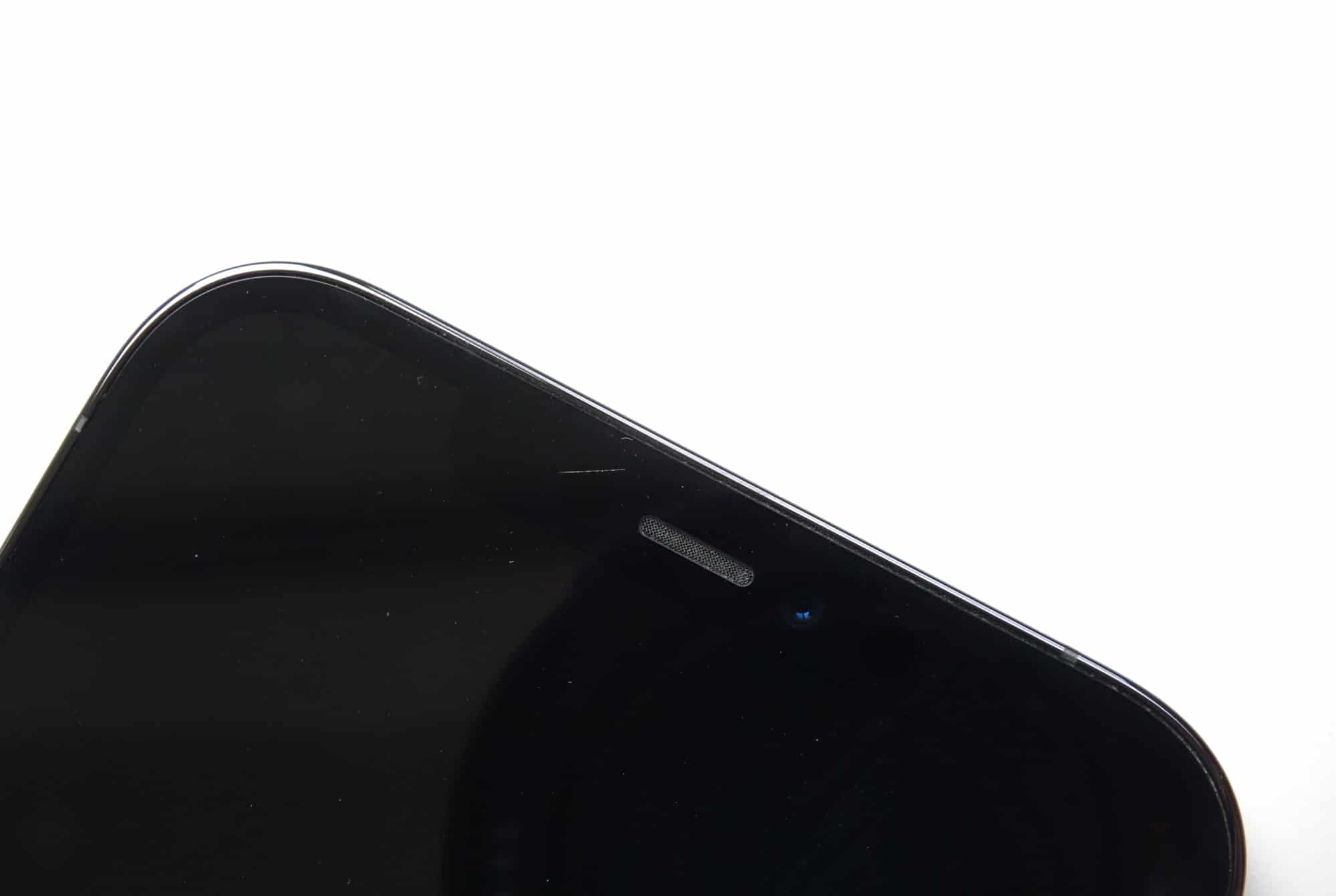The entire iPhone 12 range includes a “Ceramic Shield” to protect an iPhone from knocks. Does it work for scratches, too?
Even though throwing a case and screen protector is one of the first things many people do when they buy a phone, the more developments we have improving the design of the phone, the more likely we might be to go naked.
Going “naked” with a phone is to forgo the extra clothing that protection offers, ditching the case and screen protectors, and basically just going with what the manufacturer designated in the first place. You’ll no doubt have heard of Corning’s Gorilla Glass used in glass on phones, which offers some semblance of scratch and drop resistance, and there are other factors, too. Phone makers will typically include some special materials such as self-healing materials or paint to ward off nicks and marks, and improvements to glass can help there, too.
This year, Apple seemed to push its protection a little more notably, talking up what was in every model in the iPhone 12 range, with the “Ceramic Shield”, a material worked on in collaboration with glass maker Corning, developed to provide increase resistance to damage by the way of using ceramic nano-crystals in the glass structure to strengthen the material. The theory is Apple’s Ceramic Shield can protect your phone from damage, offering as much as four times the drop protection compared to previous iPhone models.
But is it enough: will Ceramic Shield protect an iPhone from scratches, and should you still use a screen protector on an iPhone 12?
Can the iPhone 12 get scratched even with Ceramic Shield?
Unfortunately, as cool as the idea is, warding off scratches isn’t really what Apple’s Ceramic Shield is for. Rather, it’s built to give you a little more piece of mind that when you drop an iPhone 12, iPhone 12 Mini, iPhone 12 Pro, or iPhone 12 Pro Max, that it won’t see the phone’s screen shatter in the way so many of us are used to seeing.
But make no mistake, Ceramic Shield does not seem to protect the new iPhone models from scratches. Not at all.
We take good care of our phones, even if we use them “naked”, and almost two months into using the iPhone 12 Pro Max as our main daily driver, we’re seeing some pretty noticeable scratches, despite it only ever being on a table surface or in a pocket with nothing else. The nicks and scratches the iPhone 12 Pro Max can seem to pick up with Ceramic Shield doesn’t seem to be remarkably different compared to what it would have picked up in the previous generations, with the surface as easily scratched in the new phone.
Perhaps, bizarrely, we’ve noticed fewer marks (virtually none) on the back of the iPhone 12 Pro Max we’ve been using, while the scratches on the front are more easily noticeable. That might be because we use the front of the phone more, or because the black of the screen helps the scratches on the front to be more visible, but it’s not a great look all the same.
It means if you’ve just been gifted an iPhone 12 model or have bought yourself one recently, we’d recommend throwing it under a screen protector ASAP to keep its slick shiny screen looking as schmick as possible. Sadly, Ceramic Shield isn’t going to do that for you.

What should you do if you want to keep your iPhone naked and scratch-free?
There sadly doesn’t seem to be a way to keep an iPhone 12 screen scratch-free if you opt to keep it naked, beyond maybe taking so much care of the phone that you’re possibly not even touching it or storing it in your garment pockets.
However one solution might be to come back to AppleCare.
We’re still on the fence about whether or not AppleCare matters to most users, and have written about that previously, but if you’re looking to keep an iPhone in the best possible shape, AppleCare+ may end up being one of the best options if you opt to keep an iPhone naked and case free.
With an AppleCare+ plan, Apple Australia charges a $45 AUD service fee for screen repair, compared to a much higher cost without. As of the time this article was written, the cost of screen repair without AppleCare+ was $359 for the iPhone 12 Mini, $439 for the iPhone 12 and iPhone 12 Pro, and $519 for the iPhone 12 Pro Max. That’s a dramatic difference from a little under $50 locally, and a big difference if you end up breaking the screen severely, which is worse than the minor scratches we’re talking about.
If you’re going to forgo the screen protection on an iPhone 12 model and plan to keep an iPhone naked, we’d suggest looking at AppleCare+, as it will make the cost seriously different if/when you decide to replace a screen once you notice the marks piling up.








